How to Choose the Best Dog Food: Unlocking Optimal Nutrition and Health for Your Dog
June 28, 2023 | By David Jackson
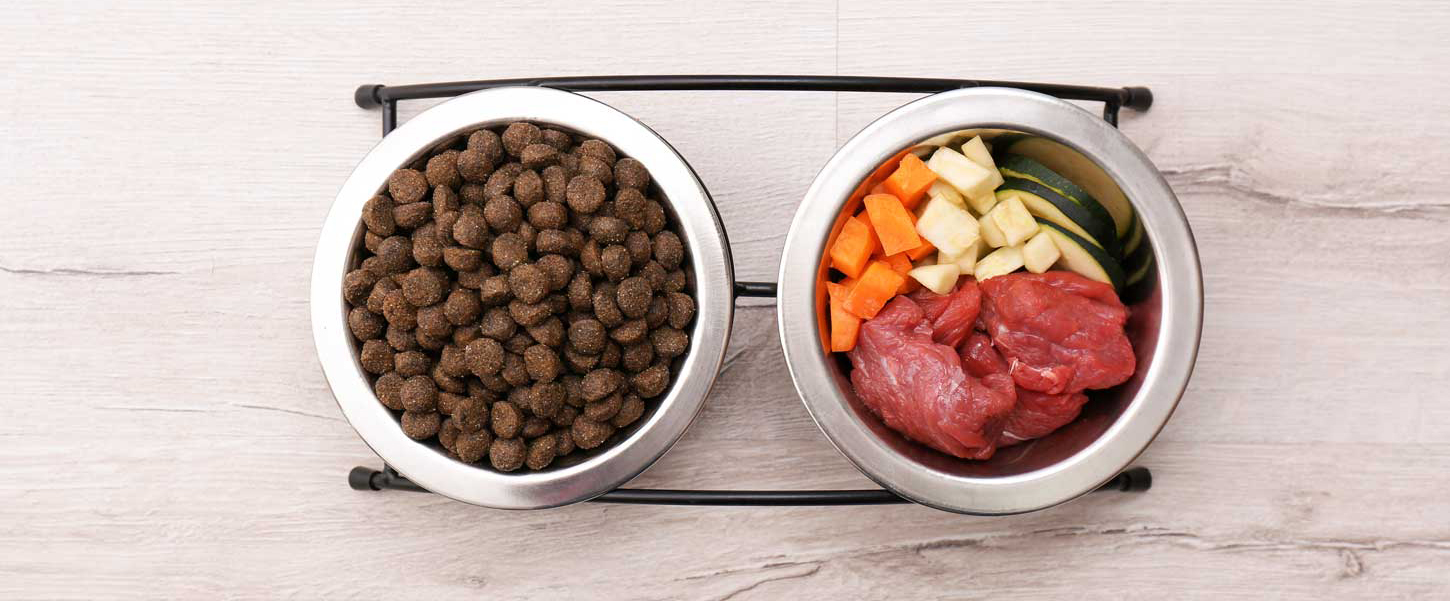
This post will help guide you through the process of choosing the right dog food that meets your dog's nutritional needs. By understanding key factors and making informed decisions, you can ensure your dog's overall well-being and vitality.
Understanding Different Types of Dog Food
There are various types of dog food available, each with its own advantages. These include
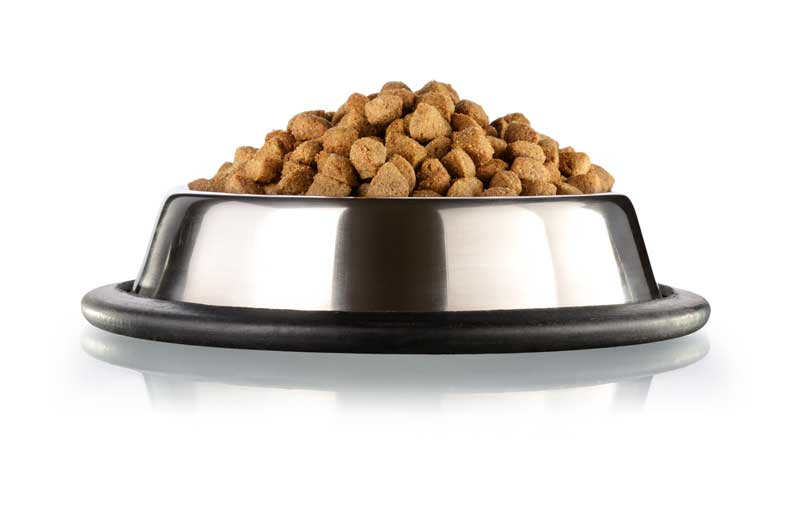 Dry Dog Food
Dry dog food is a popular and convenient option in the UK that doesn't need any preparation. Dry food is produced in several different ways, including:
Extruded
This method involves cooking a mixture of ingredients under high pressure and temperature, which is then pushed through a 'die' to form the familiar biscuit shape. The process ensures the food is fully cooked and sterilised, providing a long shelf life and convenient storage.
Baked
Baking involves slow cooking the ingredients at lower temperatures, preserving more of the natural nutrients and flavours. Baked dog food typically has a crunchy texture and can be a great option for dogs with specific dietary needs or those who prefer a different texture.
Cold-Pressed
Cold-pressed dog food is made by combining ingredients and applying gentle pressure at a lower temperature. This process helps retain the nutrients and natural flavours, resulting in a highly digestible and nutrient-rich food.
Freeze-Dried
Freeze-drying involves freezing the food and then removing the moisture through a process called sublimation. This method preserves the nutritional content and flavours, while the lightweight and shelf-stable nature of freeze-dried food make it a popular choice for travel or as a convenient alternative to raw food.
Air-Dried
The air-drying process slowly dehydrates food while preserving its natural nutrients and flavours. This method allows for a high meat content and a nutrient-dense final product, similar to raw food but without the need for refrigeration.
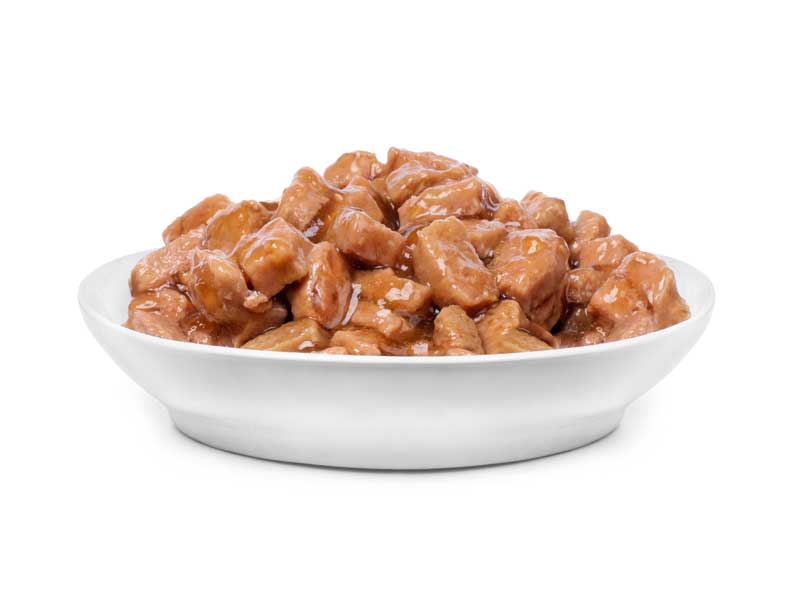 Wet Dog Food
Wet dog food provides moisture and can be more palatable for dogs with dental issues or those who are picky eaters. They most often come in tins, trays, pouches and chubb rolls with ingredients that are blended and cooked before being vacuum sealed into their containers. Wet foods naturally contain much more water than their dry counterparts so for some, this makes wet foods a more 'natural choice' when compared to some dry food types. They come in several forms, such as pate or chunks in jelly.
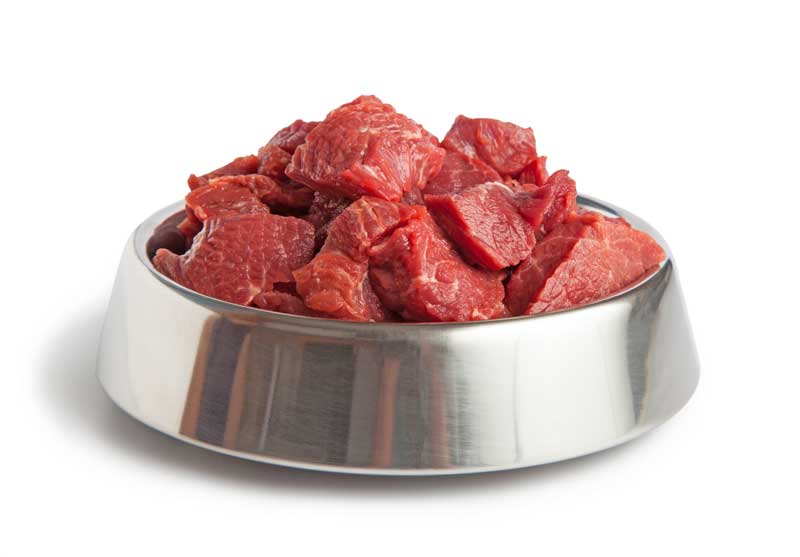 Raw Dog Food
Raw feeding is regarded by many as the most natural way to feed a dog and over the past decade or so it has become the fastest growing feeding trend in the UK. pre-prepared raw foods come in both complete and complementary forms, but it is worth noting that a significant proportion of raw producers prefer to steer clear of synthetic vitamins and minerals, instead relying on the natural nutrients found in the right balance of meat, bone and offal (and, in some cases, fruit and veg) to provide everything a dog needs.
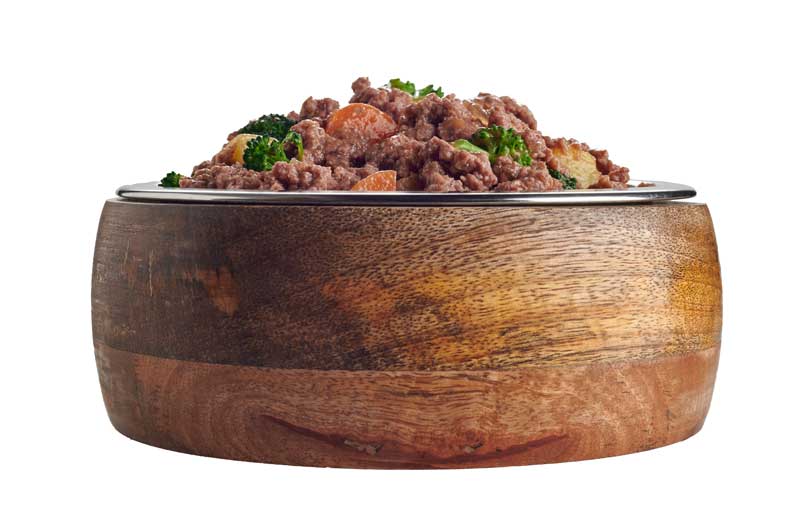 Fresh Dog Food
Fresh dog food is made from high-quality ingredients that undergo minimal processing and gentle cooking to preserve their nutritional value. It typically consists of fresh meats, vegetables, and fruits, offering dogs a balanced and nourishing diet. The rising popularity of fresh dog food can be attributed to its emphasis on quality. Many pet owners choose this type of food as it closely resembles their own home cooked meals. However, fresh foods tend to be higher in price due and needs refrigerating when sealed, which may be an issue if you lack space.
Decoding Ingredient Labels
Understanding ingredient labels is crucial when selecting dog food. Here are some key points to consider:
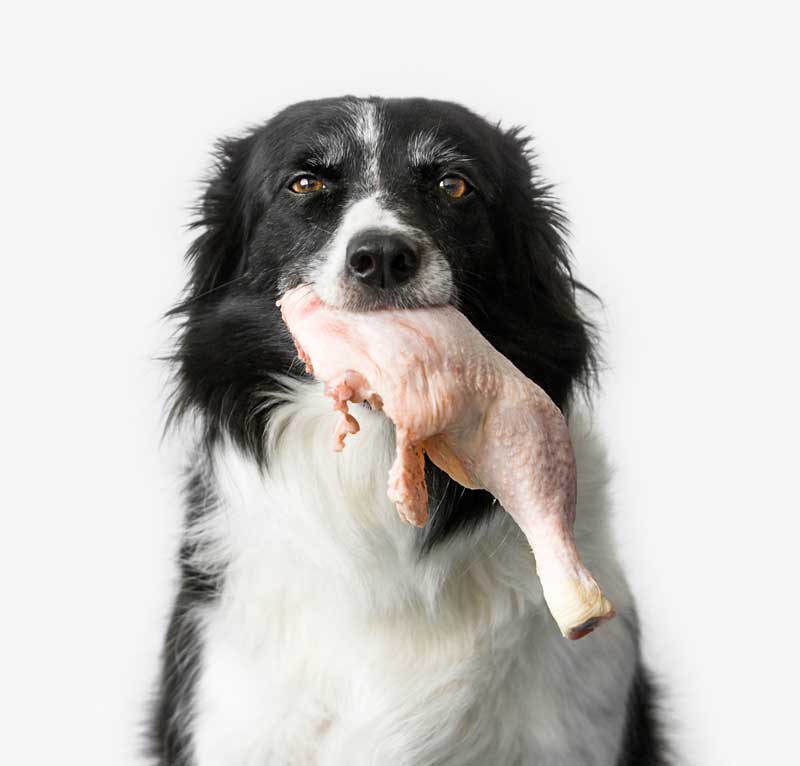 1. Meat Content:Look for dog foods that list specific meat sources (e.g., chicken, lamb, or beef) as the primary ingredients. These should be named meats rather than generic terms like "meat meal" or "animal by-products."
2. Avoiding Fillers:Steer clear of dog foods that contain excessive amounts of grains, corn, soy, or artificial additives. These can be hard for dogs to digest and provide little nutritional value.
3. Natural Preservatives:Seek dog foods that use natural preservatives such as vitamin E (tocopherols) or vitamin C (ascorbic acid) instead of artificial additives like BHA, BHT, or ethoxyquin.
Identifying Essential Nutrients
Dogs require a balanced diet that provides essential nutrients. These include:
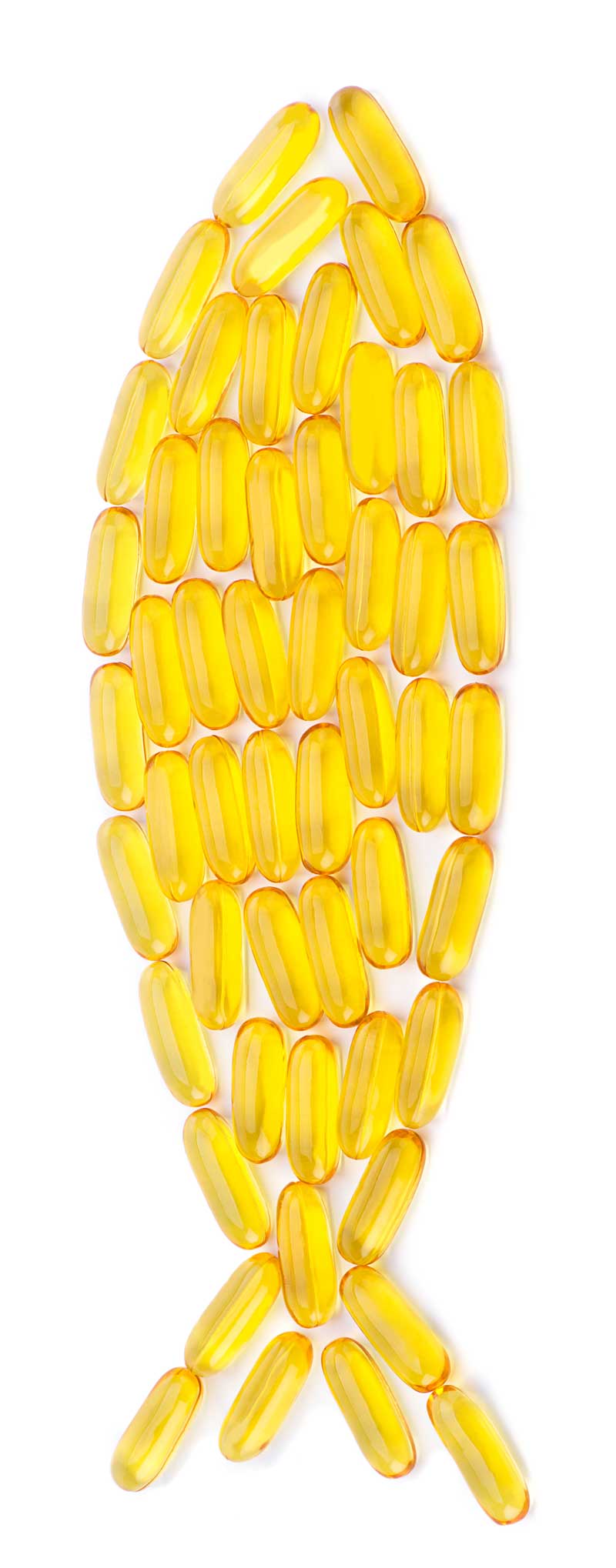 1. Proteins:Look for dog foods with high-quality, animal-based protein sources like chicken, turkey, or fish. Proteins aid in muscle development and overall health.
2. Fats:Healthy fats, such as omega-3 and omega-6 fatty acids, contribute to a shiny coat, healthy skin, and brain function. Sources of good fats include fish oil and flaxseed.
3. Carbohydrates:While dogs don't require a high-carbohydrate diet, a moderate amount of whole grains or vegetables can provide energy. Choose grains like brown rice or quinoa, and vegetables like sweet potatoes or peas.
Addressing Allergies and Sensitivities
If your dog has specific allergies or sensitivities, it's important to choose food that meets their dietary requirements. Look for hypoallergenic formulas that are free from common allergens such as wheat, soy, or dairy. Limited ingredient diets can also be beneficial in identifying and avoiding specific triggers.
Transitioning to a New Diet
When introducing a new dog food, do it gradually to prevent digestive issues. Mix a small portion of the new food with their current food (we recommend 75% of the old diet with 25% of the recommended feeding amount of the new food) and gradually increase the proportion over a week or two. This slow transition allows their system to adapt to the new diet smoothly.
Choosing the right dog food is a crucial decision that directly impacts your pet's overall health and well-being. To ensure that you make the right choice, it is important to read labels and research the available options before making a final decision. Don't forget to use our Dog Directory to filter ingredients and food types to best suit your dog's individual needs.
|